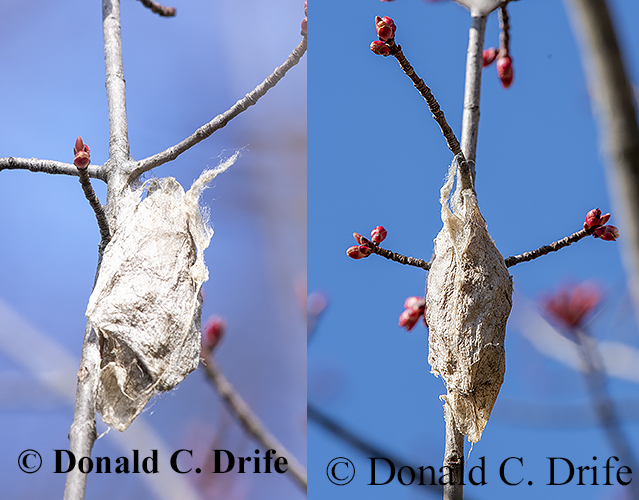
My wandering is reduced now that I am socially distancing for the good of humanity or as I prefer to think of it “exiled for the sake of the realm.” However, nature still surrounds me. I spotted a Cecropia Moth (Hyalophora cecropia) cocoon in a neighbor’s Red Maple. I left it in place. Cecropia cocoons are tapered on both ends and spun along a twig. Leaves are frequently incorporated into the cocoon, giving it better camouflage. The cocoon encloses the moth’s pupa.
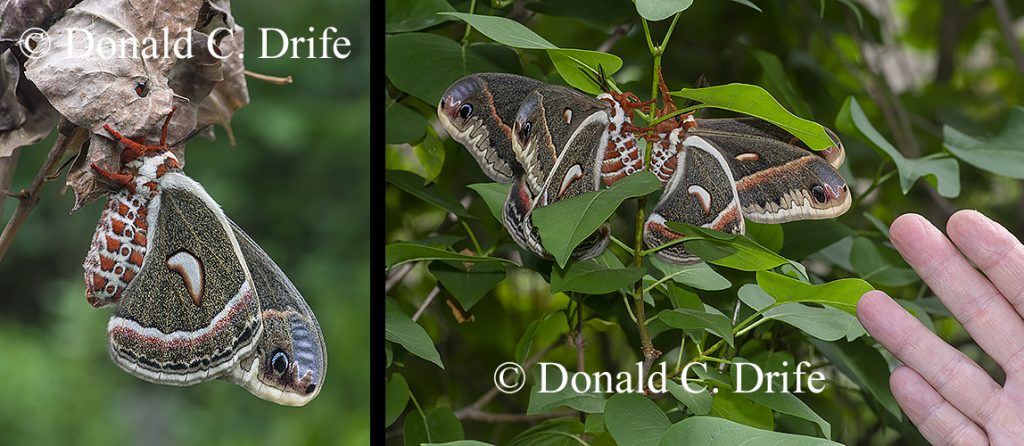
Cecropias emerge in southern Michigan at the end of May or the beginning of June. The adult moths do not eat. They live no more than two weeks. Females usually die shortly after laying their eggs. Cecropia Moths are one of Michigan’s largest moths having a wingspan of 10 to 15 cm [4 to 6 inches].
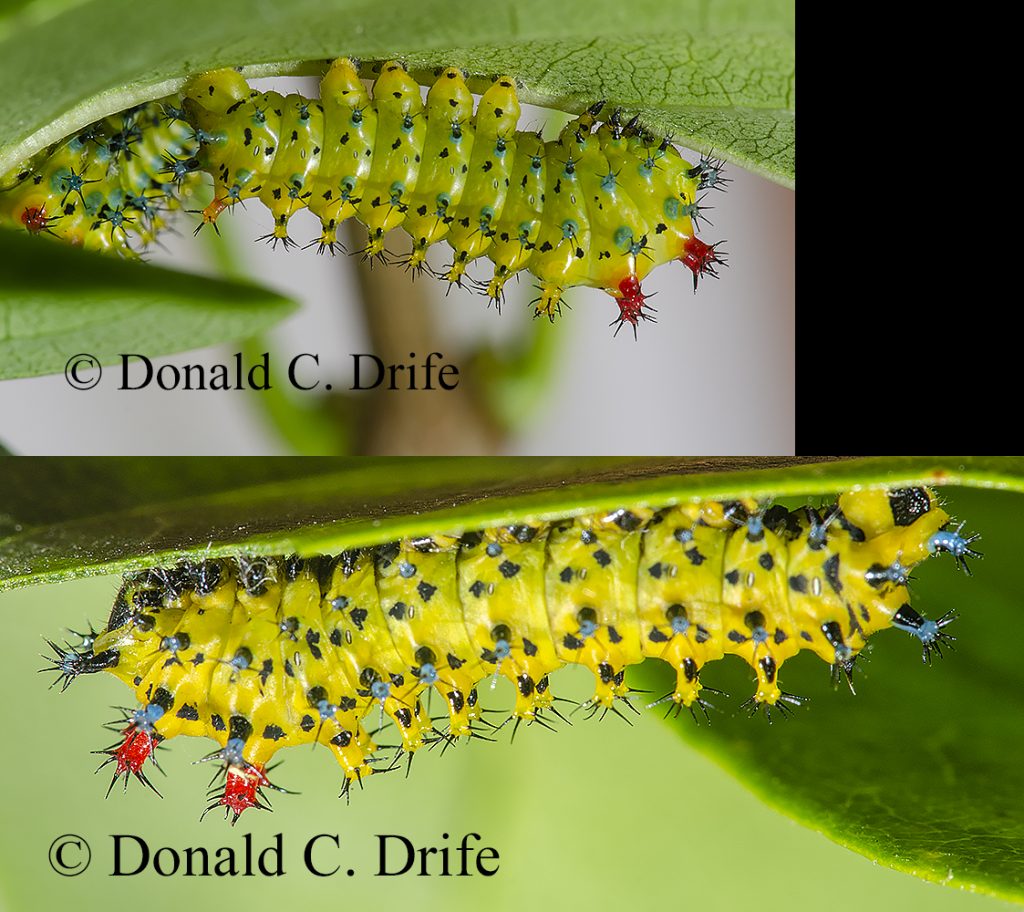
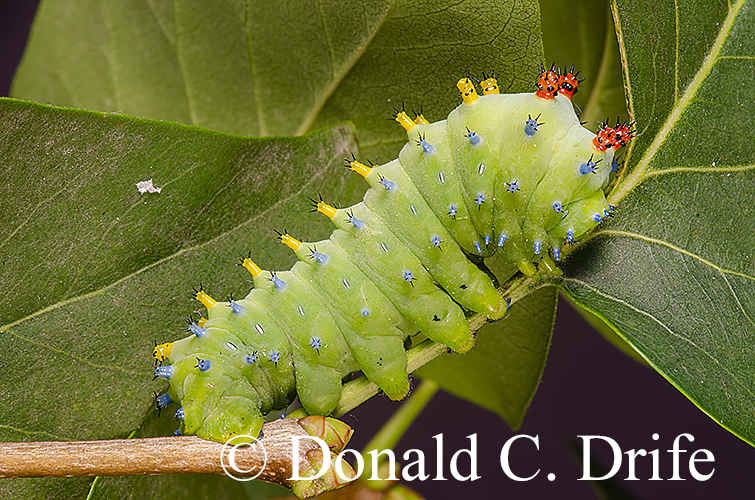
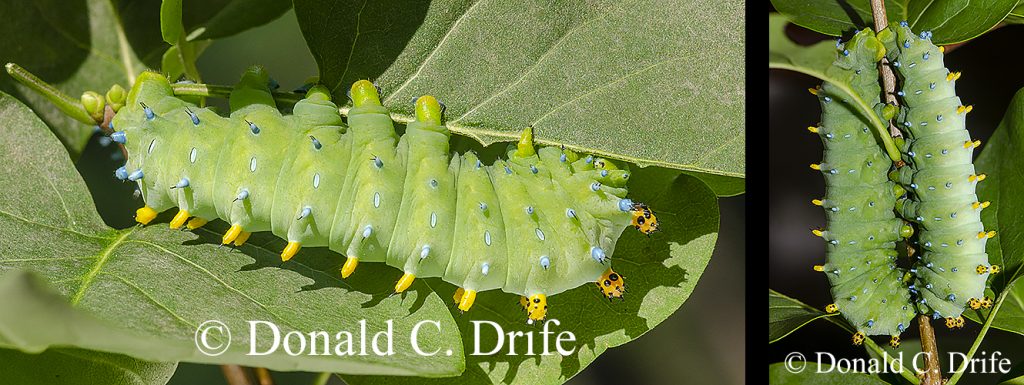
The larvae develop through five instars. In Cecropia larvae the markings of the instar changes during the instar’s development and not just at the molting. “Hyalophora cecropia: A Life Cycle Photo Journal” webpage shows the development of a larva (See link below). The larvae feed on a wide assortment of plants including: Box-elder, Red Maple, Wild Cherry, Basswood, Elm, Willow, Apple, and Poplar. A friend once gave me four larvae that I reared on Lilac.
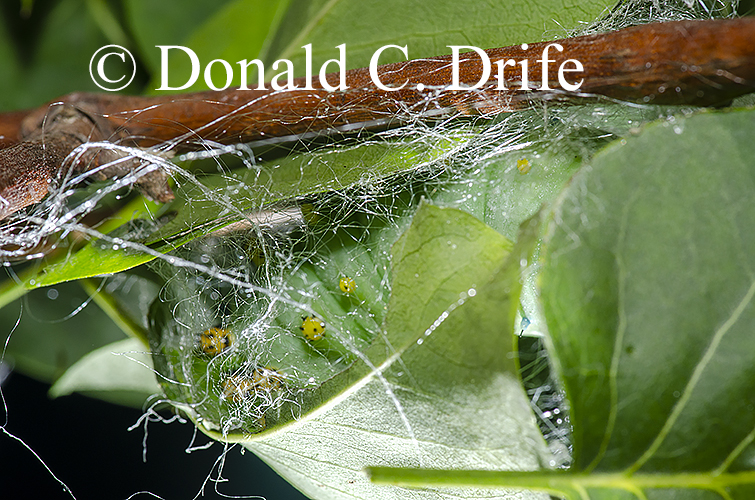
When I was growing up, I would find a dozen or more Cecropia cocoons each winter. They are harder to find now, so it is nice to know that a few are still around.
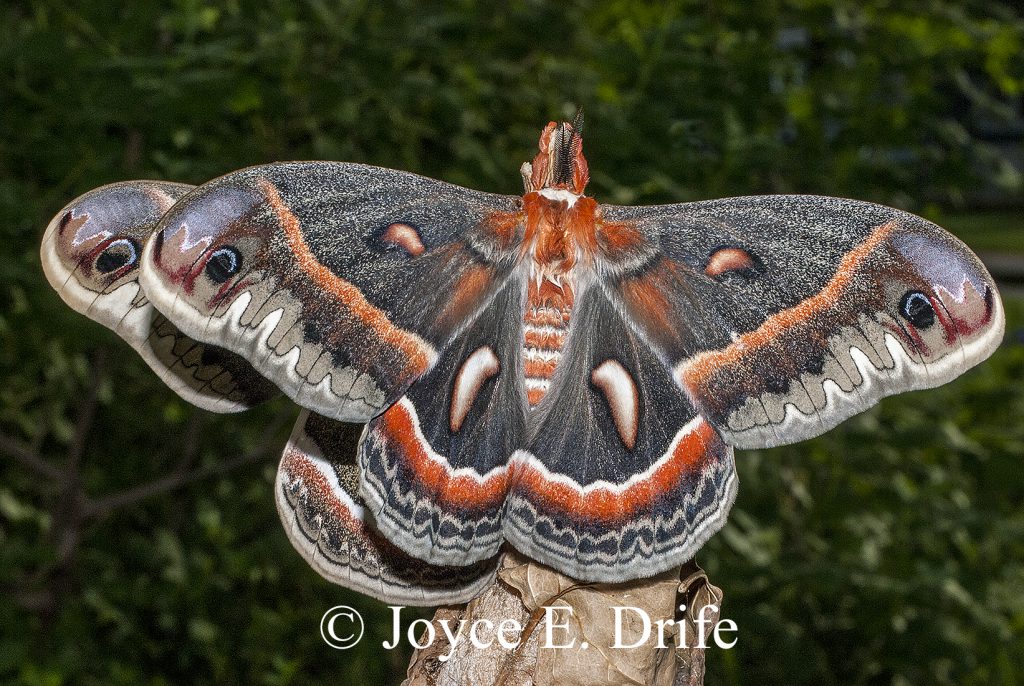
Link to “Hyalophora cecropia: A Life Cycle Photo Journal” webpage.
Copyright 2020 by Donald Drife
Webpage Michigan Nature Guy
Follow MichiganNatureGuy on Facebook

Hi Don,
I enjoyed your article! I am a long time moth enthusiast and have collected and bred polyphemus and other moths. I now live in SE PA and cannot for the life of me find a cecropia cocoon, although I come across the polyphemus cocoons once in a while. Any tips for finding the cecropia cocoons? FYI I’ve only found two cecropia cocoons in my life- once in the early 80’s outside of the student union building at Michigan State University!
I have no hints except to get out and look at host trees. I find them on Wild Black Cherry and the soft maples. They were certainly more common 30 years ago.
My Dad and myself collected butterflies and moths when I was growing up in the
1950. The only cecropia I had is when a friend of my parents called saying there’s
a moth in their yard. I would like to receive some cecropia eggs and raise my own.
—— Kevin
Join a Facebook group about raising butterflies and moths in your area. People often have a surplus of eggs or larva to share.
They are so simple to raise, that if you want to see them every year you should raise them. I place food shrubs in a screened tent every year and will raise 100 to 1000 a year. Lunas are raised in containers and add fresh leaves daily. Birds wasps and parasites are their biggest nemesis.